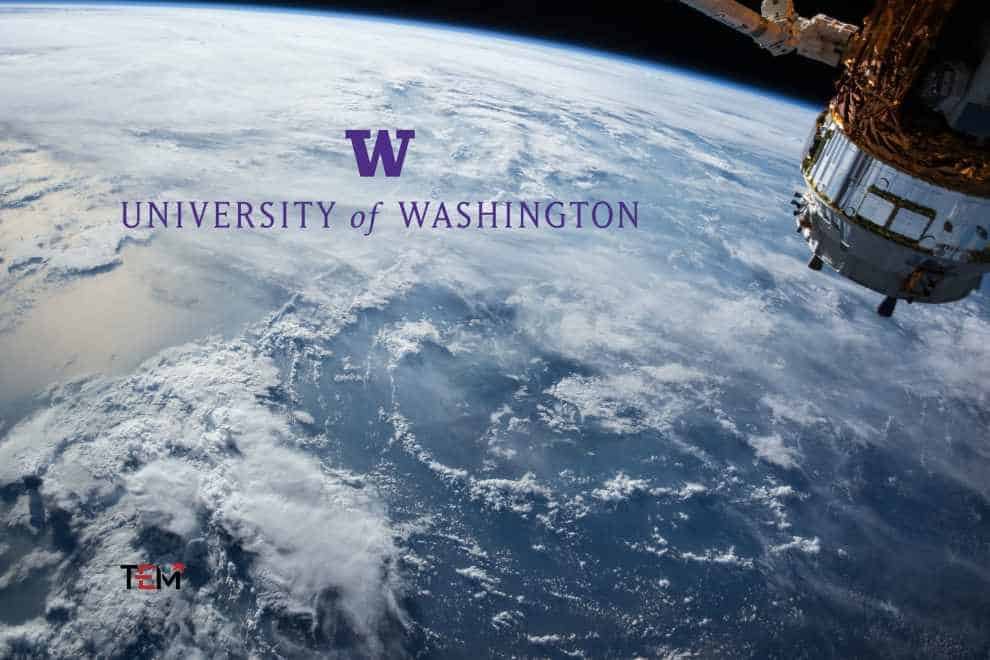University of Washington blasts into space research
A University of Washington will launch HuskySat-1, a student-built satellite this weekend on its way to low Earth orbit. It will be first satellite built by students for Washington State to go into space.
HuskySat-1 is one of the seven student-built satellites from around the country and took five years to develop in Husky Satellite Lab. Its three cube unit measured, each roughly in 3 inches per side. It is scheduled to launch on Saturday Nov 2 at 9:30 am from NASA’s Wallops Flight Facility on the Virginia.
The UW satellite weighs just less than 7 pounds (3.14 kilograms) and took five years to design and build. Three antennas and camera installed on the roof of Johnson Hall will allow students to get information like position and altitude and send instructions to the satellite as it passes overhead. Students will also be able to control the satellite’s camera and thruster remotely. Undergraduate and graduate students from aeronautics and astronautics, mechanical engineering, computer engineering, Earth and space sciences, physics and other departments spent hundreds of hours building the system in the Husky Satellite Lab.
To take real time experience with space education
HuskySat-1’s last moments on Earth will be broadcast live on NASA TV. The satellites are hitching a ride on the Cygnus cargo spacecraft, whose first stop will be the International Space Station to resupply astronauts and swap out materials.
NASA’s CubeSat Launch Initiative helps students and non-profit groups launch these instrument systems into space. The Washington State University satellite, CougSat-1, is scheduled to launch in October 2020. Its trip into low-Earth orbit is organized by Nanoracks, a Texas company that, like Spaceflight Industries of Seattle and other businesses, organizes smaller groups to provide access to launch vehicles.
“It will be exciting once it’s in orbit. To me, the completion will be when we can get data from the satellite and send instructions back.” said Paige Northway, a UW doctoral student in Earth and Space Sciences who has been involved since the project’s inception.
“These students have gained first-hand experience on what is required to build and launch a satellite, and aerospace companies have already snapped up many of them, Meanwhile, the UW is making its first steps to a continuing hardware presence in space,” said Robert Winglee, a professor of Earth and space sciences and the team’s faculty adviser as director of the UW Advanced Propulsion Lab.










